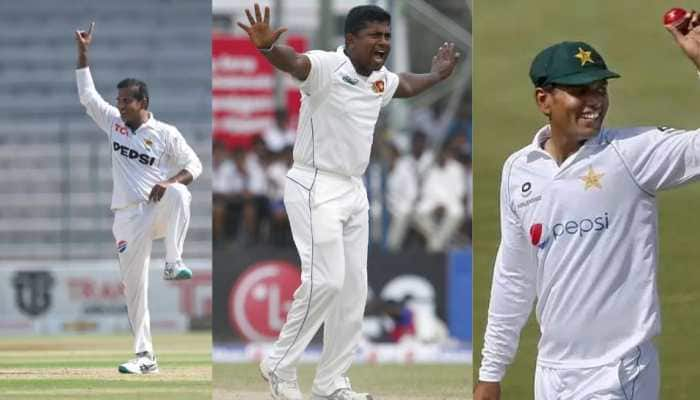Delhi Polls: Why Women Voters Matter In AAP Vs BJP Vs Congress Contest
Delhi elections focus on wooing women voters, with parties offering allowances, freebies, and benefits to influence this key demographic.
Trending Photos
) Image: ANI
Image: ANI Delhi is gearing up for the assembly elections scheduled to be held on February 5, with all political parties making every effort to woo the voters. From planning manifestos to wooing voters with multiple promises, parties are leaving no stone unturned. Be it the state election or national election, women voters always hold the key. Women are considered unpredictable or 'silent' voters, as they are less vocal about their political ideology. Women often do not openly disclose their political preferences, making their voting patterns harder to predict.
National Capital Delhi has 1,55,24,858 voters including 83,49,645 male and 71,73,952 female besides 1,261 third-gender. The women voters are around 46% of the total Delhi voters and when considered in terms of family/households, their choices account for a decisive mandate.
As women continue to emerge as a decisive swing factor, political parties in Delhi are focusing on winning their support. The Aam Aadmi Party has promised to increase the monthly allowance for adult women from Rs 1,000 to Rs 2,100 while the Bharatiya Janata Party (BJP) pledged Rs 2,500 per month for all women, along with a one-time financial assistance of Rs 21,000 for pregnant women. Congress also promised Rs 2,500 for women.
The influence of women voters in Delhi elections is evident from the 2020 Assembly polls, where women voter turnout surpassed men in 31 of the 70 constituencies, and the AAP secured 28 of these 31 seats. AAP has been wooing women voters with free bus rides and electricity for a long and now the additional benefits are likely to affect the voting patterns of the women electors.
The practice of appeasing women voters with poll promises began in 2008 under then-Chief Minister Sheila Dikshit, who introduced the 'Ladli' scheme to provide Rs 10,000 as a bank deposit for the education of every girl child born to families with an annual income below Rs 1 lakh.
In the Delhi Assembly elections, women voter turnout has seen notable trends over the years: in 2013 polls, it was 65.60% compared to 68.64% for men, with an overall turnout of 67.22%. In 2015 polls, women’s turnout slightly increased to 66.50%, while men recorded 67.64%, resulting in a total of 67.13%. However, in 2020 polls, women’s turnout dipped to 62.52%, closely following men at 62.66%, with a total turnout of 62.59%.
Political parties like AAP, BJP and Congress have already tasted success by appeasing women voters and this election is no different. All three political parties are raining freebies with the majority of benefits circling the women voters. The true extent of how this will play out and what it means will come to light on February 8, revealing the much-anticipated results.
Stay informed on all the latest news, real-time breaking news updates, and follow all the important headlines in india news and world News on Zee News.
Live Tv







)
)
)
)
)
)
)
)
)
)
